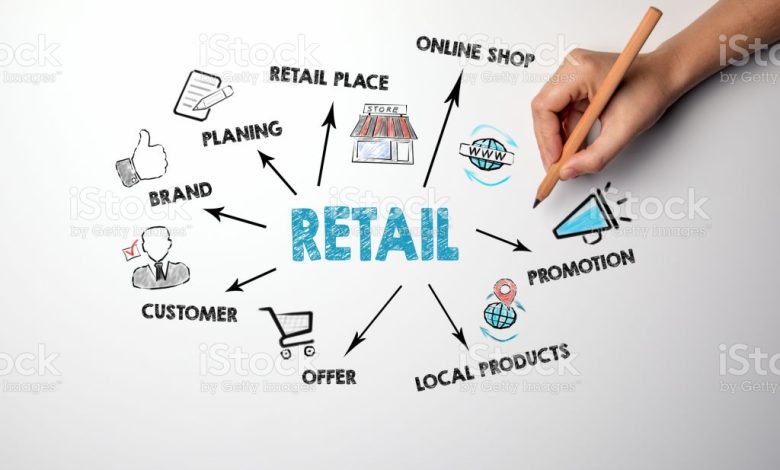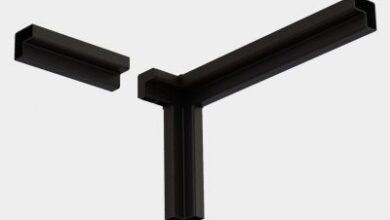The Advanced Guide to Instore Merchandising

What is Instore merchandising?
Retail stores have distinguished lines of merchandise for the customers. The goal of every business is to drive maximum sales. Instore merchandising plays a vital role in attracting customers and enhancing sales. The term “retail merchandising” encapsulates both- execution and strategy. Shelves and displays form a part of the execution phase, while strategy involves product placements, product selection, display designs, etc. Store merchandising can be successful when implemented after thorough research and planning. Once executed, the results are analyzed to make further improvements in the strategy.
In simple words, effective store merchandising refers to the thoughtful presentation of products to attract more customers and persuade them to purchase. Thus, retail store owners can make maximum profits.
Essentials to include as a part of the instore merchandising plan:
- A functional floor plan/layout: Plan how the customers will move through the store.
- Refresh the store environment: Change the store’s layout regularly and discard strategies that don’t seem to work. Enhance the visuals as per seasons and holidays.
- Arrange for best lighting, signages, display racks, props, fixtures, etc.
- Cater to the shoppers’ senses: Great ambiance, scent, soothing music, free tasting samples can go a long way in keeping shoppers consumed in-store.
- Deck up the windows: Here’s an ultimate chance to grab the attention of the passersby. Put up a theme-based product display or attractive signage.
- Create a merchandising calendar: Be abreast of holidays, festivities, events, promotions, etc., and plan your strategies in advance by maintaining a constructive calendar.
The strategies and plans for each retail business will vary. It is imperative to conduct a store audit regularly to analyze what works for the store and what doesn’t. Accordingly, the in-store merchandising strategy is altered.
Visual merchandising vs. retail merchandising-
Although visual merchandising is a part of store merchandising, it’s not the same. However, visual merchandising is an essential part of the strategy. Everything that the shopper sees within the store is part of the visual merchandising strategy. This strategy entices customers through appealing visuals that enhance their shopping experience. Successful visual merchandising strategies are business savvy and stimulate shoppers to add more to their carts.
Pro-tip: Include displays, fixtures, signages, colors, etc. but don’t overdo it. Visual merchandising tools must never overshadow the primary merchandise.
Types of Signages in a store:
- Directional: When you can make the customer’s life easier, do that! Directional signages identify the location of different products in the store.
- Informative: Product information, check out and entry points, restroom signs, etc., are part of informative signages.
- Invitational: Welcome and entice customers with words, amuse and create a sense of curiosity among shoppers through Invitational signages.
Revitalize your retail store by store merchandising
The sudden pandemic has revolutionized the retail industry. However, consumers still love the idea of shopping at a brick-and-mortar store. Therefore, stores must focus on enhancing the customers’ in-store shopping experience. Retail businesses cannot resume with the same old merchandising strategies. Every store must revamp its merchandising plans according to its target audience and the brand values.




